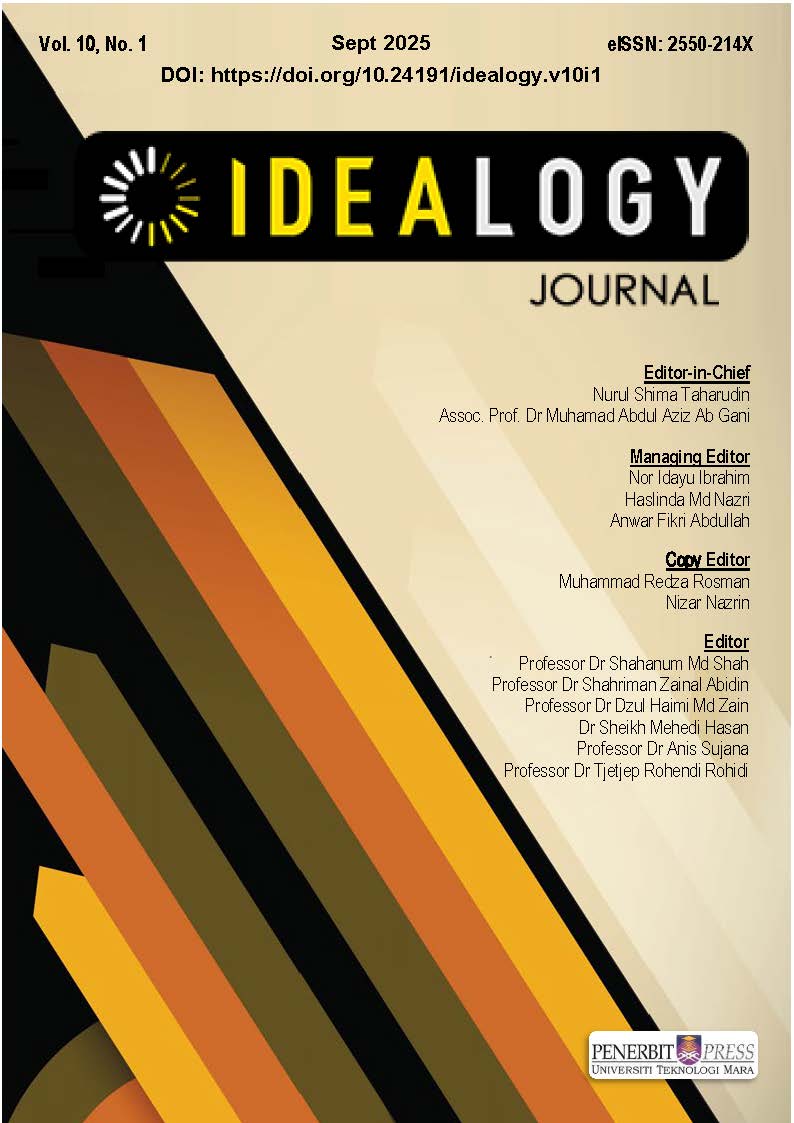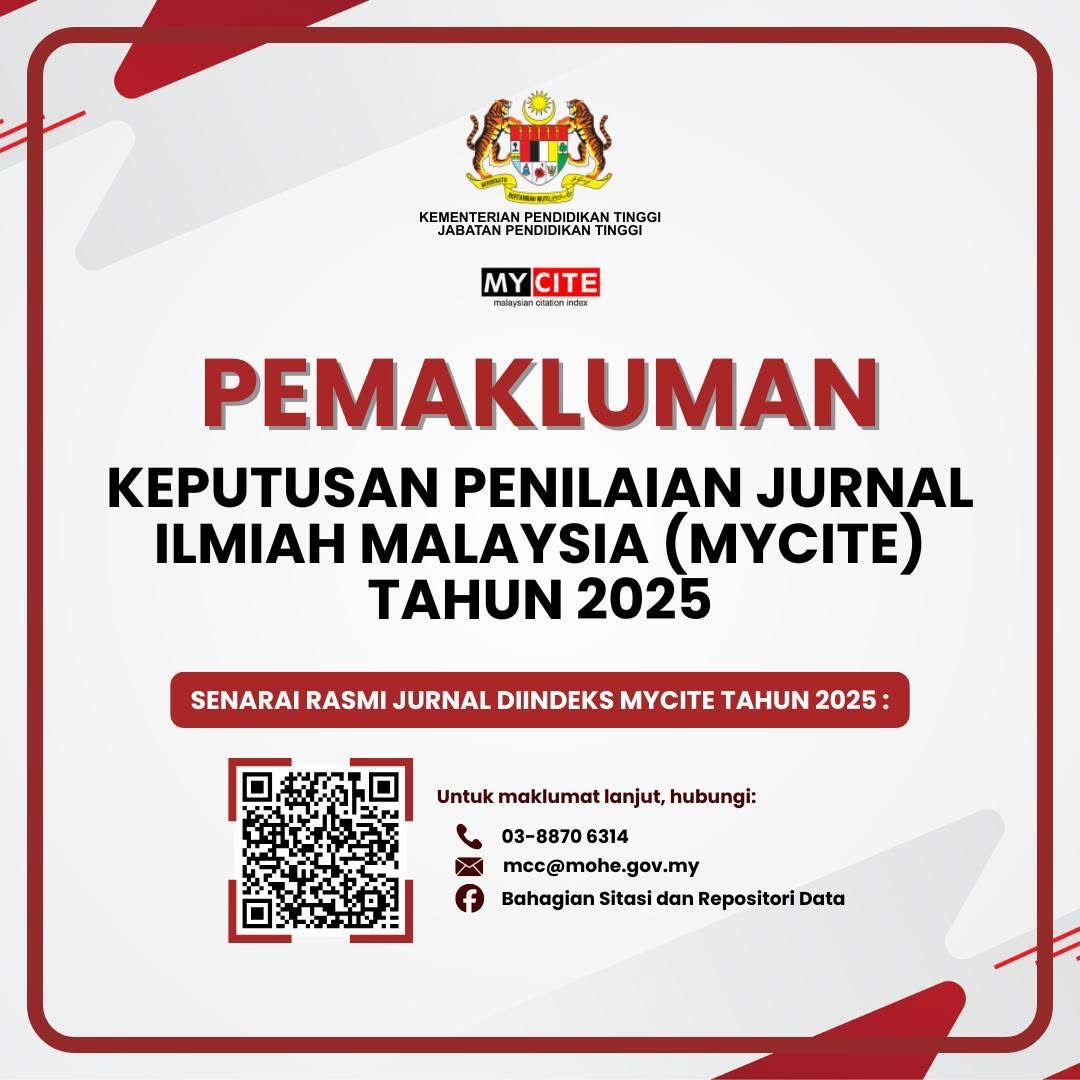Wayfinding Signage Criteria and Ineffectiveness Factors towards Navigating in Kuala Lumpur International Airport (KLIA2)
DOI:
https://doi.org/10.24191/idealogy.v10i1.689Keywords:
Criteria; Signage; Wayfinding; Wayfinding SignageAbstract
Wayfinding signage is a system that channels information about directions from one area to other locations. Each wayfinding signage has its own criteria to ensure visitors easily understand the messages and follow the navigation. The ineffectiveness of a wayfinding signage system in conveying information has a negative impact on visitors. This review of the literature investigates the important factors that contribute to the failure of wayfinding signage in conveying direction. This includes elements and principle of design (e.g., information, language, fonts, color, symbol, and sizes). Although the design of the wayfinding signage looks the same, it differs by place. This is when the use of language, terms and information at the airport is not applicable at other places (e.g., airport use term of departure, arrivals, international, domestics, transit). The visitors who came to the airport also have different backgrounds and purpose compared to other places. While there are many guidelines to improve navigation system at airport, many are not investigating the flow of designing the wayfinding signage. Effective wayfinding signage is one that can convey clear information and is able to navigate visitors to the destination in an accurate time.
Keywords: Criteria; Signage; Wayfinding; Wayfinding Signage
References
Chris Calori, & David Vanden-Eynden. (2015). Signage and Wayfinding Design. John Wiley & Sons, Inc., Hoboken, New Jersey. http://ebookcentral.proquest.com/lib/monash/detail.action?docID=1895384
Ibrahim, N.H., Butler, J., Kennedy, R. (2011). A way to communicate: A new signage system for the Mah Meri indigenous community. Design Principles and Practices. 5(5), pp. 579–598.
Ibrahim, N.H., Wollmering, D. (2012). Creating new landmark for the Mah Meri indigenous community in Malaysia. The Asian Conference on Arts and Humanities. Osaka, Japan, pp. 55–75.
Jafari, S. R. M. (2014). Graphic Design in Wayfinding in Airports: A Case Study of Signage System in Kuala Lumpur International Airport (KLIA) Universiti Sains Malaysia].
Jeffrey, C. (2017). Wayfinding Perspectives: Static and digital wayfinding systems–can a wayfinding symbiosis be achieved?
Lynch, K. (1960). The image of the city (Vol. 11). MIT press.
Noriman, N. H., & Ismail, A. A. (2018). A study on enhancement of wayfinding strategies in Kuala Lumpur International Airport 2 (KLIA2).
Raubal, M., & Egenhofer, M. J. (1998). Comparing the Complexity of Wayfinding Tasks in Built Environments. Environment and Planning B: Planning and Design, 25(6), 895-913. https://doi.org/10.1068/b250895
Symonds, P. (2017). Wayfinding signage considerations in international airports.
Yeh, C. C., Jhang, K. J., & Chang, C. C. (2019). An intelligent indoor positioning system based on pedestrian directional signage object detection: a case study of Taipei Main Station. Math Biosci Eng, 17(1), 266-285. https://doi.org/10.3934/mbe.2020015
Downloads
Published
Issue
Section
License
Copyright (c) 2025 UiTM Press

This work is licensed under a Creative Commons Attribution-NonCommercial-NoDerivatives 4.0 International License.
UiTM Press (the Publisher) has agreed to publish the undersigned author’s paper in Idealogy Journal. The agreement is contingent upon the fulfilment of a number of requirements listed below.
1. The undersigned author warrants that the paper entitled below is original, that it is not in any way libellous or unlawful in Malaysia, that it does not infringe any copyright or other proprietary right. The undersigned hereby represents and warrants that he/she is the author of the paper, except for material that is clearly identified as to its original source, with permission notices from the copyright owners where required. The undersigned represents that he/she has the power and authority to sign and execute this agreement.
2. The undersigned author warrants that the paper entitled below has not been published elsewhere, and also it will not be submitted anywhere else for publication prior to acceptance/rejection by this Journal.
3. By submitting the paper entitled below, the undersigned author agrees to transfer the rights to publish and distribute the paper in an international e-journal (entitled above) to Publisher.
4. The undersigned author agrees to make a reasonable effort to conform to Publisher's submission guidelines and to liaise with the editor to ensure that the requirements of these guidelines are met to a reasonable degree.
5. The corresponding author signs for and accepts responsibility for releasing this material on behalf of any and all coauthors. This agreement is to be signed by at least one of the authors who has obtained the assent of the co-author(s) where applicable. After submission of this agreement signed by the corresponding author, changes of authorship or in the order of the authors listed will not be accepted.



